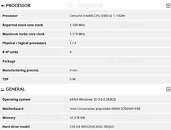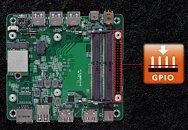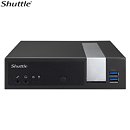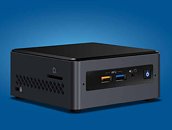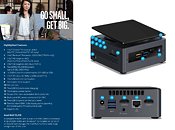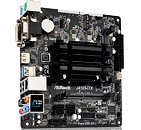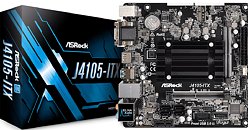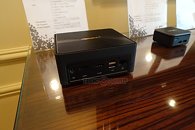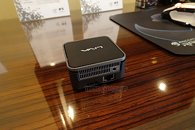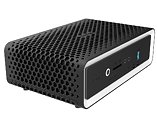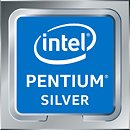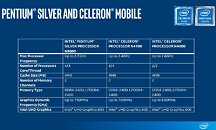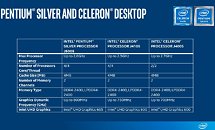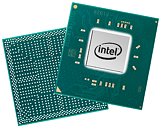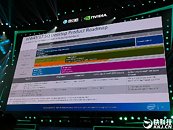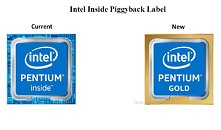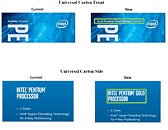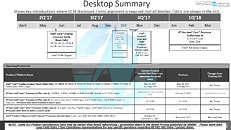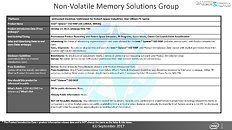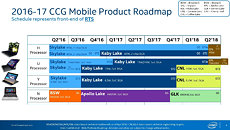
Intel Gemini Lake Refresh Reaches End of Life
Intel has posted two product change notifications regarding the Gemini Lake Refresh, which is now reaching the end of its life. Launched in 2019 as a refresh to the original Gemini Lake, these low-end products had a longer lifespan than the original Gemini Lake (2017-2020). Most commonly found on low-end PCs, AIOs, and Mini PCs, these Gemini Lake Refresh CPUs were based on the 14 nm Goldmont Plus microarchitecture. Coming with up to four cores without HyperThreading, these CPUs were ideal for lower-power applications as their TDP was rated between 6-10 Watts.
Intel has separated the product change into two categories, with the first consisting of Celeron N4120, Celeron 4020, and Pentium Silver N5030, while the other features Celeron J4025, Pentium Silver J5040, Celeron N4020C, and Celeron J4125. Intel will ship the first group of CPUs by May 24, 2024, and the second by February 23, 2024. The last round of orders will go out by November 24, 2023, and August 25, 2023, respectively.
Intel has separated the product change into two categories, with the first consisting of Celeron N4120, Celeron 4020, and Pentium Silver N5030, while the other features Celeron J4025, Pentium Silver J5040, Celeron N4020C, and Celeron J4125. Intel will ship the first group of CPUs by May 24, 2024, and the second by February 23, 2024. The last round of orders will go out by November 24, 2023, and August 25, 2023, respectively.




